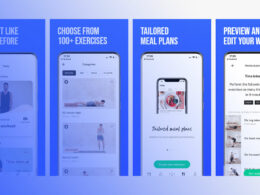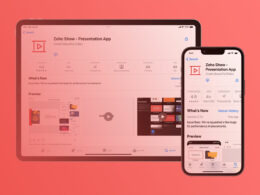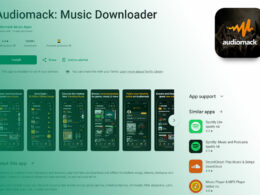Game ASO: Winning Strategies for Game Developers

Imagine this: Your masterpiece, a game filled with epic quests and thrilling challenges, is ready to conquer the app stores. But with millions out there, how will your game shine through?
Enter the battlefield of game ASO, your secret weapon to rise through the ranks and catch the eyes of eager gamers scrolling for their next adventure.
In the pulsing world of mobile gaming, visibility is king—and App Store Optimization is the throne.
Crafting a captivating presence on platforms like the Google Play Store and Apple App Store isn’t just a wishful strategy; it’s the linchpin of success. And you’re about to master it.
By the end of this article, you’ll decode the alchemy of tweaking game metadata, wielding keywords research, and leveraging user reviews to magnetize players.
Dive in, and you’ll unearth the know-how needed to catapult your downloads, engage a dedicated player base, and ultimately, skyrocket your game to stardom.
Strategic Keyword Optimization
The Art of Keyword Selection
Tools and techniques for effective keyword research

Diving right in, think of game ASO like a puzzle where every piece is crucial. To stand out, it starts with picking the right keywords.
These aren’t just any words. They’re the secret codes people punch into their searches when they’re on the hunt for a new game. You gotta be a bit of a detective here.
So, we’ve got tools—think of these as our magnifying glass. There are heaps out there that can help sort the gold from the grit.
They show us what words gamers use when they’re looking around. And these tools, well, they offer eye-opening data that’s like a roadmap to the players’ hearts.
Analyzing competitor keywords for insights and opportunities
Now, let’s peep at what the other devs are doing. Competitor keyword analysis? It’s sneaky but smart.
Scanning what words they use and how they rank gives you this stealth advantage. You can see gaps or maybe keywords they missed out on. It’s like finding a shortcut only you know about.
Metadata Optimization for Enhanced Visibility
Leveraging title, subtitle, and description fields
With those choice keywords, it’s time to jazz up the metadata. That’s just a fancy term for the title, subtitle, and where you describe your game on the stores.
Remember, you gotta catch their attention fast. The title is like a flashy sign, so make it pop while also plugging in those keywords. Get creative but stay clear.
Balancing brand identity with strategic keyword incorporation
Let’s not forget the game’s personality, though. Your game’s got flavor, and you want that to come through.
So when you’re weaving in those keywords, make sure you’re not trading off what makes your game, well, your game. It’s got a voice—let it be heard, even in those nifty keywords.
Risks and Rewards of Keyword Strategies
The potential pitfalls of keyword stuffing
But hey, don’t get carried away. Tossing in too many keywords like they’re free candy? That can backfire. It’s called keyword stuffing, and it’s no good.
It might sound like you’re trying too hard, and even the app stores frown upon it. They’re smart; they know when you’re just throwing in words to play the system.
Keep it smooth, mix those keywords with the flow, and stay true to what your game is all about.
It’s a bit of art, a bit of science, and a whole lot of playing it by ear to see what strikes the right chord with potential players.
Remember, they gotta love it at first swipe.
Visual Assets Optimization
Significance of App Icon, Screenshots, and Videos
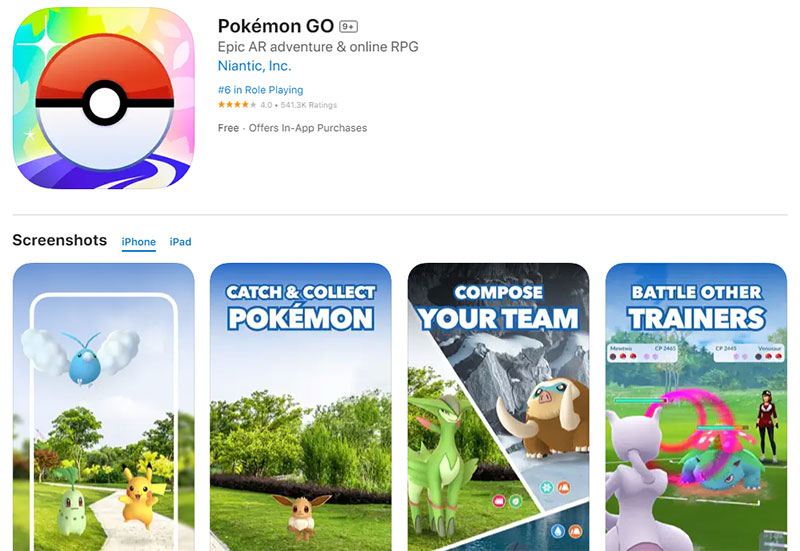
Let’s talk eye candy. We know gamers eat with their eyes first. So the app icon? That’s like the cover of your storybook.
We want something that grabs ’em—that makes them think, “Woah, what’s this?” It’s gotta be more than just nice colors. Think of it as a tiny billboard for your epic game.
Then there are screenshots. These bad boys are your game’s modeling shots—they strut the stuff.
Each one needs to scream, “This is why you’ll love this game.” Show off those high scores, those battles, or that mind-bending puzzle level. Whatever it is that makes your game a blast, make it front and center.
And the preview videos? It’s like a movie trailer for your game. Fast, fun, and a little bit flashy.
Give them action. Give them drama. Make them feel like they’ve gotta play this game or they’ll miss out.
A/B Testing for Visual Assets
Let’s play scientist next. A/B testing is like conducting experiments on which visuals make folks click install.
You’re gonna try A against B, icon against icon, screenshot against screenshot, to see what lights up those download numbers.
Strategies for setting up effective A/B tests
It’s about small changes one at a time. Change the icon’s background color, the font on your screenshots, the opening scene of your video.
Keep track of what you try and note what works. Stay patient; it’s a bit of trial and error until you strike gold.
Analyzing test results to refine visual marketing materials
Then come the numbers. Which icon scored more downloads? Which screenshots kept people swiping?
Learn what your players like—it’s priceless intel for your game’s visual game plan.
Localizing Visual Content
Earth’s a big place with tons of gamers, and they’re not all the same.
Customizing your visual stuff for different places can be like flipping a switch in a dark room.
Adapting visuals to cultural nuances and preferences
You gotta tweak colors, characters, even the in-game currency, so it feels right at home, no matter where home is.
It’s like greeting someone in their own language—it shows respect and understanding.
Case studies: Successful localization of game visuals
Take notes from games that did it right. They tweaked their look and feel to fit the local vibe and wound up big winners in those markets.
It’s more than just translating. It’s about making your game feel like it was made just for them.
Category Selection and App Store Taxonomy
Navigating App Store Categories
Ever wonder if your game is a puzzle or strategy? Well, choosing where it lives in the app universe is kinda like that.
It’s not just any choice—it’s big. Like, really big. So let’s break it down.
First, you’ve got primary and secondary categories. Think of these as your game’s hometown and its favorite vacation spot.
You want to make sure it’s listed where folks can find it—like, if you’ve made a brain-busting puzzle game, don’t hang out in action town.
Simple, right?
Criteria for selecting the primary and secondary categories
So, what’s the magic formula? It’s about knowing your game inside out. What makes it tick?
Who’s gonna love it? And hey, don’t forget to peek at the competition.
The influence of category choice on discoverability and competition
Choice matters. It’s like picking the right shelf for your game in a vast digital library.
Get it right, and you’re more visible. More players browsing your genre can stumble upon your masterpiece.
Utilizing Tags and Descriptors
Alright, so categories are only part of the puzzle. The Play Store’s got another card up its sleeve: tags.
How tags complement categories in the Play Store
Imagine tags as hashtags for your game.
They’re little signposts that tell the app store algorithms—those brainy formulas deciding who sees what—that your game belongs to a certain crew.
Optimizing tags for targeted visibility
Now, optimization is all about being the right mix of specific and broad. You want to be seen by the masses, sure, but the right kind of masses.
The people who are into what your game offers. And let’s not forget the game ASO side of things.
Tags can bump up your game in search, kinda like having a neon sign pointing right at your game in a dark alley. Make ‘em count.
Crafting a Compelling Narrative: Localizing Game Content
The Importance of Language Localization
Ever thought about why some games feel like they were made for you? That’s the magic of localization.
See, it’s not just about swapping words; it’s about giving your game a passport, making it a local anywhere it lands.
Identifying key markets for localization efforts
Got your eyes on gamers from around the globe? Smart move. Some places are just hungrier for certain genres. Find them.
They’re your key markets—the hotspots where your game can truly vibe.
Translation and cultural adaptation of game content
So you’ve picked these spots, now it’s time to speak their language, literally and metaphorically.
It goes beyond Google Translate. It’s about nuance, slang, humor—making your game content chitchat comfortably, like it’s from around the block.
Localizing Metadata and Keywords
Next up, let’s talk presentation. Your game’s got style, and now it needs to dress up for the international stage.
Strategies for localizing titles, descriptions, and keywords
Titles and descriptions are like your game’s intro at a global party. They gotta be smooth, catchy, familiar.
Got a killer catchphrase in English? Brilliant. Now let’s make sure it’s just as cool in French, Spanish, Mandarin—you name it.
And hey, keywords! These sneaky sidekicks of game ASO are your undercover agents, helping your game get spotted in new territories.
Round up local phrases and trending gaming lingo. Drop them in like breadcrumbs for gamers to follow.
The impact of localization on global reach and downloads
Localizing isn’t just fancy; it pulls its weight in gold. It rips down barriers, reaching hearts and devices across oceans. Your download stats? They’ll thank you.
Engaging and Managing User Feedback
The Role of Ratings and Reviews in ASO
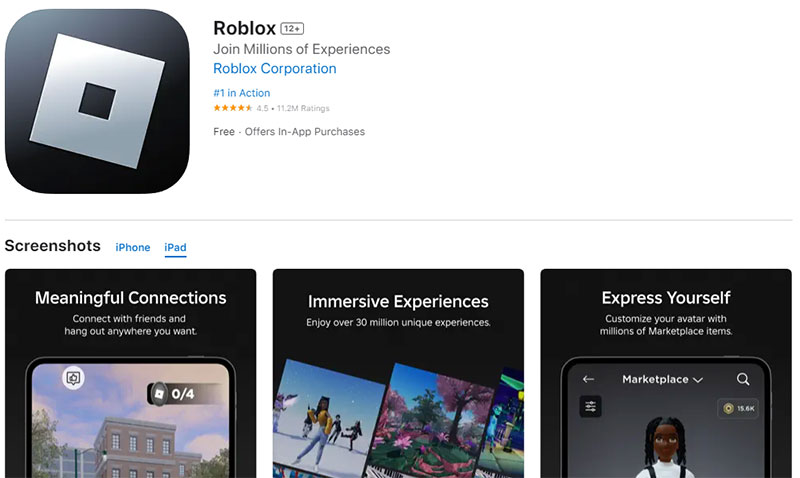
Okay, let’s get real: those little stars and what players say about your game? They’re huge.
Like, make-it-or-break-it huge. They’re not just vanity metrics; they’re the lifeblood of game ASO.
Encouraging positive ratings through in-game prompts
So here’s the deal: you want those thumbs up, those five-stars lighting up the app store sky.
How?
Be smart about asking for them. Timing is everything.
Hit players up when they’re feeling good, like after nailing a tough level or when they’ve just had a blast in a multiplayer match.
Managing and responding to user reviews
And about those reviews, people dig a dev that listens. When someone takes the time to type out their thoughts, good or bad, give ’em a nod.
Say thanks—or better yet, use their feedback. It shows you’re in this for real, that you care.
Leveraging User Feedback for Continuous Improvement
Here’s where you roll up your sleeves and channel feedback into making your game even more epic.
Analyzing feedback for insights into user experience
Every grumble about a glitch or rant about a level—that’s gold. It’s unfiltered intel right from the battlefield. Scour through it, look for patterns, and there you’ll find your map to betterment.
Implementing changes based on user suggestions and complaints
It’s about being all ears and then all action. When multiple players flag something up, take note, and tweak.
Maybe it’s a level that’s too hard, a menu that’s a pain to navigate, or an item that everyone wants but can’t seem to get.
Be the hero—they suggest, you slay. It’s a cycle, but every turn makes your game stronger, stickier, and more loved. That’s the soul of game ASO.
Advanced ASO Techniques
Implementing A/B Testing Beyond Visuals

A/B testing isn’t just for eye candy, you know.
It’s also a secret weapon for the words that describe your game—the metadata.
A/B testing for metadata optimization
Imagine crafting two different sets of app descriptions or titles, then slipping them into the wild, side by side.
One of them might be casual and chatty, while the other’s all epic and grand. Watch closely. Which one pulls more players into the fold? That’s A/B testing—brilliant, isn’t it?
Case studies: Successful A/B testing strategies
Loads of devs have been there, done that. They’ve played around with keywords, with how they describe the in-game world, and bam!
Some tweaks soared their downloads sky-high. These are the tales to learn from, the lore of game ASO.
Custom Product Pages (CPPs) and Their Utilization
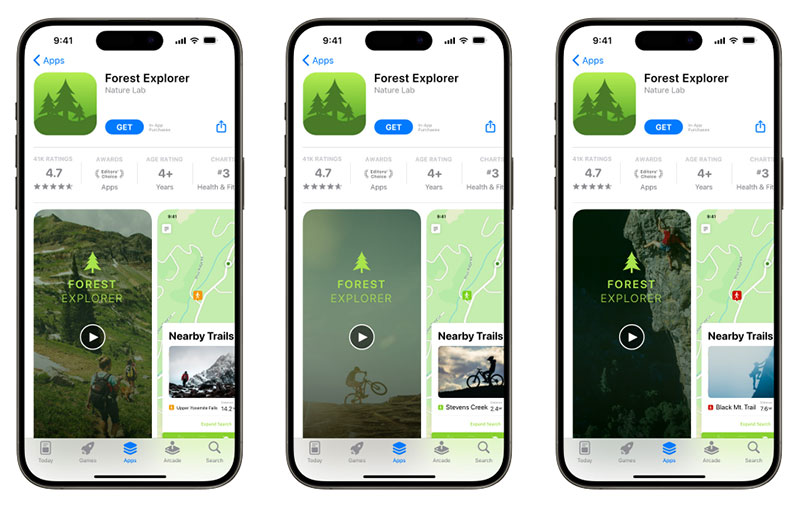
Now, let’s dive into something slick: CPPs. Sounds technical, but it’s actually all about making someone feel right at home when they land on your game’s page.
Introduction to CPPs and their benefits
These aren’t your everyday landing spots. CPPs let us dish out different versions of our game’s storefront to different people.
It’s like having a personal greeter for every player telling them, “Hey, this game was made for you!”
Creating personalized user journeys with CPPs
Think about it. Someone rocking a high-end gadget might see your game’s graphics dialed up to eleven. Meanwhile, someone from a place where your game is going viral sees a local leaderboard.
Continuous ASO and Iterative Optimization
Game ASO isn’t a done-and-dusted thing. It’s alive, always on the move, and so should you be.
The importance of regular ASO audits and updates
Like tuning an instrument, keep your game in perfect pitch by revisiting your ASO strategy often. What worked yesterday might not jive today.
Tools and metrics for tracking ASO performance over time
There’s an arsenal of tools out there. Some track your game’s visibility, others its download velocity—the speed at which players are hitting that install button.
Watch these numbers, play with your ASO elements, and evolve. Keep your game in the limelight, always fresh, always resonating. It’s an art and science dance, and you’re the one spinning the tracks.
FAQ On Game ASO
What is game ASO and why is it important?
Game ASO is like the wind behind the sails of your app in the endless ocean of games. It stands for App Store Optimization, a crucial process that boosts your game’s visibility in the app stores, driving more downloads and potentially ramping up your revenue. Think visibility, think survival.
How does ASO differ for games compared to other apps?
Games juggle wild competition and rapid trends. While typical apps might focus on utility and features, games need to captivate with gameplay, graphics, and story. ASO for games leans heavy on emotional engagement, player retention, and the sheer fun factor, reflected in visuals and metadata.
Can I improve my game’s ASO with keywords only?
Keywords are vital but aren’t the whole story. Game ASO is a cocktail, blending keyword optimization, striking visuals, compelling narratives, and robust user engagement. Keywords light the path, but your game’s heart – its user experience and allure – gets folks to stay and play.
What visual elements are critical in game ASO?
Lock eyes with your icon first. It’s your handshake. Screenshots and videos follow, telling your game’s tale without words. A/B test these to perfection.
They speak volumes, enticing players through sneak peeks of the gaming experience, gameplay features, and atmosphere your digital world offers.
How does localization impact game ASO?
Localization tailors your game to heartbeats around the globe. It’s more than translation; it’s about cultural nuances, making players feel like you’ve crafted a game just for them. Localized keywords and metadata can thrust your game into new spotlight, pushing downloads skywards.
What role do ratings and reviews play in game ASO?
Ratings and reviews are your street cred. They’re loudspeakers broadcasting what’s hot and what’s not straight from the player’s mouths.
They signal game quality, influence app rankings, and guide potential players. Responding to them shows you’re not just in it to win it but to improve.
Is A/B testing valuable in ASO for games?
Absolutely. A/B testing in game ASO is like exploring parallel realms to see which version of your world captivates your audience better. It’s not just guessing; it’s data-backed decisions on everything from visual assets to metadata that can seriously amp up your user acquisition game.
What are Custom Product Pages in ASO?
Custom Product Pages (CPPs) are your game’s costume for every app store visitor. They customize the storefront according to who’s looking, making each interaction personal.
CPPs can significantly enhance user experience and connect better with potential players through tailored messaging and visuals.
How often should I update my game’s ASO?
Continuous optimization is key. App stores and their algorithms evolve, as do trends and player expectations.
Periodically refreshing your game ASO elements, like keywords, visuals, or user feedback incorporation, keeps your title ripe and ready for both new and returning players.
What tools can help me track my game’s ASO performance?
Harness tools like Sensor Tower, App Annie, or Google Console for a clinical look at your ASO vitals.
They track visibility, download rates, and keyword performance, offering you a sharpened view of how your ASO strategies are playing out in the real, crowded app market.
Conclusion
Wrapping this up, let’s not beat around the bush—game ASO is no cakewalk, but it’s the game changer your app needs.
Picture a landscape where your game’s not just another icon lost in the grid. It stands tall, catches eyes, and sparks curiosity. This quest for optimization demands creativity, a dash of intuition, and a lot of savvy.
To hit home runs in the app stores, remember the cornerstones:
- Keywords that resonate,
- Visuals that captivate,
- Localized content that speaks volumes,
- Reviews managed with a personal touch,
- And A/B tests that push the envelope.
It’s an ongoing noodle scratcher but, oh boy, when the pieces fit, the picture is nothing short of spectacular. Embrace these nuggets of wisdom, bake them into your strategy, and watch your game soar from the shadows into the spotlight where it belongs. Ready, set, optimize!
If you liked this article about game ASO, you should check out this article about app subtitles.
There are also similar articles discussing mobile apps KPIs, Android app store optimization, app store ranking algorithm, and ASO A/B testing.
And let’s not forget about articles on app store keyword search volume, app keyword research, Google Play store ranking algorithm, and Google Play store screenshot sizes.
- Top React Native Libraries for App Development - May 9, 2024
- Angular’s Applications: What is Angular Used For? - May 9, 2024
- Drive and Earn: Essential Apps Like Doordash - May 8, 2024





